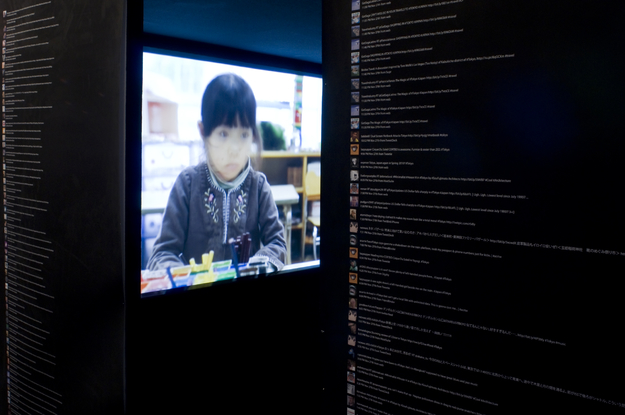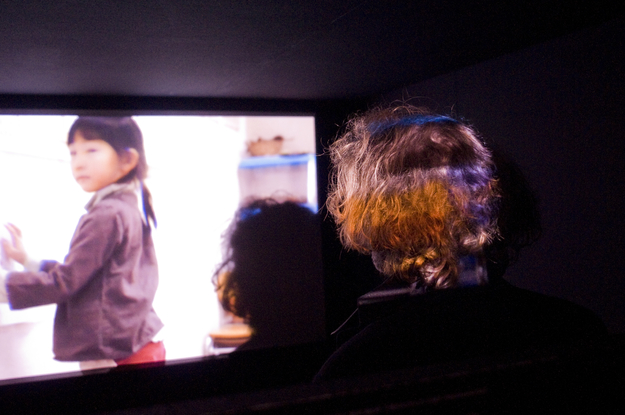--
BACKGROUND
Tokyo has a population of over 12 million people, and the Greater Tokyo Area is the world's most populous urban region with 35 million people, boasting the world's largest metropolitan economy with a GDP of $1.191 trillion.
Through spectacular economic growth after its defeat during WWII, the following bubble economy in the late 80s and early 90s, and distortions left since its collapse, Japan's history of rapid modernization and industrialization is fully represented within the cityscapes of central Tokyo. Major redevelopments in the last decade have once again brought dynamic change to the city, and ongoing and future projects are helping to maintain and further its renewal. New stores, restaurants, offices, and apartments are being built on streets already crowded with people, commerce and information. It even overwhelmed my friend currently living in New York, who came back to visit. Unlike many European cities, Tokyo displays a dissonance between buildings showcasing history and modernity.
In his book, Takashi Murakami calls Tokyo "the craziest city in the world". According to Monocle's Quality of Life Index, Tokyo is "the third most liveable city" and "the world's most liveable megalopolis" with "a remarkably efficient public transport system and a renewed commitment to greening the city".
Statistically, Japan is ranked in the upper-medium level of the GDP per capita index. On the other hand, according to OECD statistics, there is a higher level of unhappiness among the population dissimilar to other developed countries and many developing countries. The income gap is as wide as that of the United States, and average working hours are much longer than those of the U.S. and many European countries. The number of contract workers exceeding 34% is a major social issue. Excess concentration of population, industry, and government in the Tokyo Metropolitan area also contributes to the gap between inside and outside Tokyo. Japan has the second highest suicide rate behind Hungary among thirty OECD members.
--
TOKYO PAVILION
Tokyo Pavilion consists of two different parts: the interior and exterior. Each part has its own role, and combined they complete the installation.
INTERIOR:
Plurality is one nature of contemporary artistic practices, and Tokyo is not an exception. Innumerable microcosmic groups of practitioners reserve their territories, and in-depth non-economic exchanges between these groups are not frequently seen. In these circumstances, when attempting to make a picture of Tokyo as a whole, it may easily occur that I, who may represent particular groups in the society, may portray a partial and misleading image of the city. Decision-making through my subjectivity is inevitable when producing artwork. Despite this, I attempt to get closer to an unbiased image of delirious Tokyo.
It is a film to be projected inside the pavilion, and it is composed of portraits of a wide range of locals, including artists and non-artists. Filming will take place at special places chosen by said locals. They will discuss their city, people, and culture in front of a video camera documenting their words and gestures. Environmental sounds of the places will also be recorded and incorporated as integral parts of the film. My aim is not to exhibit a documentary or show a ‘behind the scenes’ look into artistic practices, but to expose the air of the city - an envelope that contains people and their social relationships and activities.
EXTERIOR:
Developments in information technologies of the past decade, especially the Internet, have made it easier for people to get information from all over the world. You may be able to find out how local cultures in Tokyo are like if you access certain source materials, but how relative is this information and data to reality? Some might be accurate, while others may include stereotypes and/or contrast radically from the truth. The collected answers will be arranged and printed on wallpapers to be attached to the exterior walls of the pavilion.
The two parts above show two parallel dimensions of Tokyo that keep flipping inside out. They also contrast direct face-to-face communication with user-friendly interface communication.
--
FILM CREDITS
Robson Amaral
Kinue Hamabe
Toko Kawakami
Suk Ja Kim/Yoshiko Sugisaki
Kazue Murayama
Masato Nakamura
Hikari Okajima
Taku Sasai
Vivienne Sato
Namika Toyama/Haiiro Haiji
Director of photoraphy: Ikunori Yamamoto
Associate Photographer: Yusuke Murata
Direction. Editing. Field Recording: Reona Ueda
Thank you: Tanja Boudoin. Doraku. Chiyoda Yonbancho Nursery School. Justin Gonzales. Mayu Hayashi. Ayano Horikoshi. Morimitsu Hosokawa. Momoko Kawakami. Yasuhiro Morinaga. Partizan Publik. Saci Pererê. Yuumi Shishido. Tomokazu Tanaka. Tokyo Helen Keller Association. Nodoka Yonezu. Femke Vos. 3331 Arts Chiyoda.

